我正在尝试找出更新 RecyclerView 适配器的问题。
当我获取到新产品列表时,我尝试:
Update the
ArrayListfrom the fragment whererecyclerViewis created, set new data to adapter, and then calladapter.notifyDataSetChanged(); it did not work.Create a new adapter, as others did, and it worked for them, but there wasn't any change for me:
recyclerView.setAdapter(new RecyclerViewAdapter(newArrayList))Create a method in
Adapterwhich updates the data as follows:public void updateData(ArrayList<ViewModel> viewModels) { items.clear(); items.addAll(viewModels); notifyDataSetChanged(); }Then I call this method whenever I want to update the data list; it did not work.
To check if I can modify the recyclerView in any way, and I tried to remove at least an item:
public void removeItem(int position) { items.remove(position); notifyItemRemoved(position); }
一切都保持不变。
这是我的适配器:
public class RecyclerViewAdapter extends RecyclerView.Adapter<RecyclerViewAdapter.ViewHolder> implements View.OnClickListener {
private ArrayList<ViewModel> items;
private OnItemClickListener onItemClickListener;
public RecyclerViewAdapter(ArrayList<ViewModel> items) {
this.items = items;
}
public void setOnItemClickListener(OnItemClickListener onItemClickListener) {
this.onItemClickListener = onItemClickListener;
}
@Override
public ViewHolder onCreateViewHolder(ViewGroup parent, int viewType) {
View v = LayoutInflater.from(parent.getContext()).inflate(R.layout.item_recycler, parent, false);
v.setOnClickListener(this);
return new ViewHolder(v);
}
public void updateData(ArrayList<ViewModel> viewModels) {
items.clear();
items.addAll(viewModels);
notifyDataSetChanged();
}
public void addItem(int position, ViewModel viewModel) {
items.add(position, viewModel);
notifyItemInserted(position);
}
public void removeItem(int position) {
items.remove(position);
notifyItemRemoved(position);
}
@Override
public void onBindViewHolder(ViewHolder holder, int position) {
ViewModel item = items.get(position);
holder.title.setText(item.getTitle());
Picasso.with(holder.image.getContext()).load(item.getImage()).into(holder.image);
holder.price.setText(item.getPrice());
holder.credit.setText(item.getCredit());
holder.description.setText(item.getDescription());
holder.itemView.setTag(item);
}
@Override
public int getItemCount() {
return items.size();
}
@Override
public void onClick(final View v) {
// Give some time to the ripple to finish the effect
if (onItemClickListener != null) {
new Handler().postDelayed(new Runnable() {
@Override
public void run() {
onItemClickListener.onItemClick(v, (ViewModel) v.getTag());
}
}, 0);
}
}
protected static class ViewHolder extends RecyclerView.ViewHolder {
public ImageView image;
public TextView price, credit, title, description;
public ViewHolder(View itemView) {
super(itemView);
image = (ImageView) itemView.findViewById(R.id.image);
price = (TextView) itemView.findViewById(R.id.price);
credit = (TextView) itemView.findViewById(R.id.credit);
title = (TextView) itemView.findViewById(R.id.title);
description = (TextView) itemView.findViewById(R.id.description);
}
}
public interface OnItemClickListener {
void onItemClick(View view, ViewModel viewModel);
}
}
我按照以下方式初始化RecyclerView:
recyclerView = (RecyclerView) view.findViewById(R.id.recycler);
recyclerView.setLayoutManager(new GridLayoutManager(getActivity(), 5));
adapter = new RecyclerViewAdapter(items);
adapter.setOnItemClickListener(this);
recyclerView.setAdapter(adapter);
那么,我该如何更新适配器数据以显示新接收到的项目?
问题在于 gridView 所在的布局如下所示:
<?xml version="1.0" encoding="utf-8"?>
<LinearLayout
xmlns:android="http://schemas.android.com/apk/res/android"
android:orientation="vertical"
android:layout_width="match_parent"
android:tag="catalog_fragment"
android:layout_height="match_parent">
<FrameLayout
android:orientation="vertical"
android:layout_width="match_parent"
android:layout_height="match_parent">
<android.support.v7.widget.RecyclerView
android:id="@+id/recycler"
android:layout_width="match_parent"
android:layout_height="match_parent"
android:clipToPadding="false"/>
<ImageButton
android:id="@+id/fab"
android:layout_gravity="top|end"
style="@style/FabStyle"/>
</FrameLayout>
</LinearLayout>
然后我只需删除LinearLayout,并将FrameLayout作为父布局。
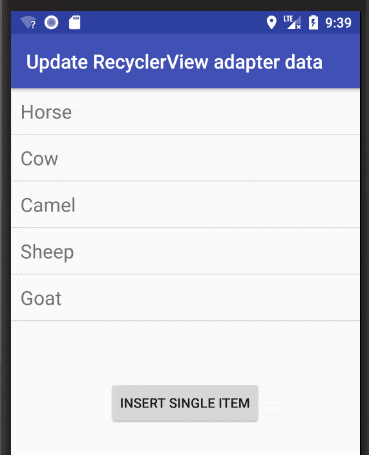
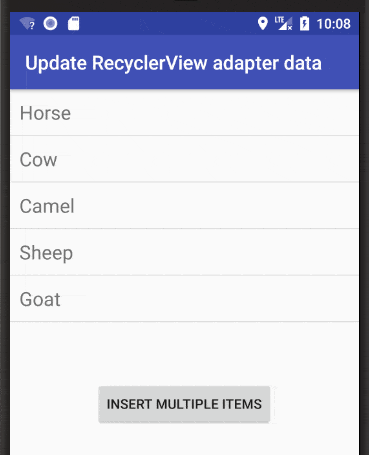
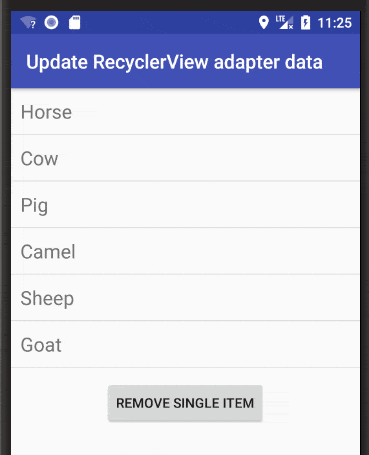
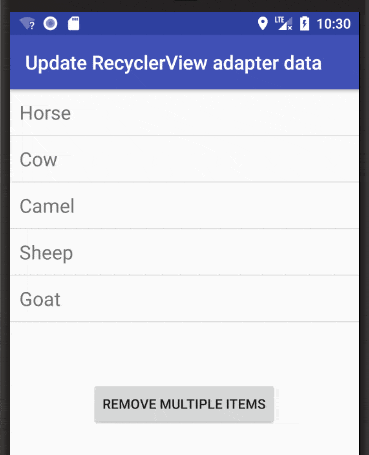
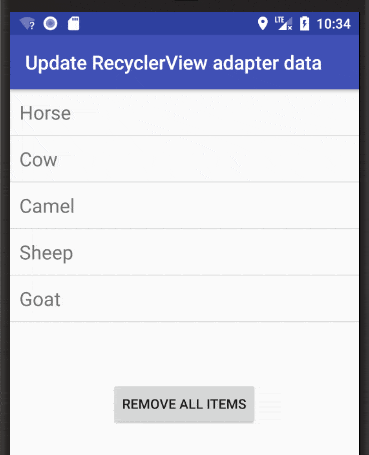
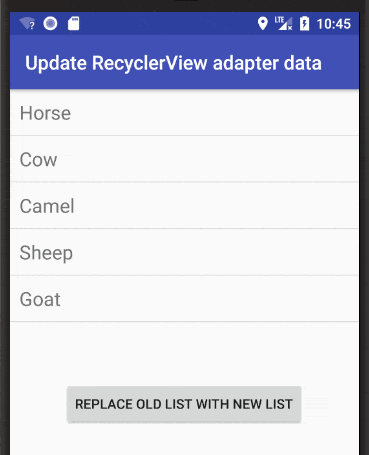
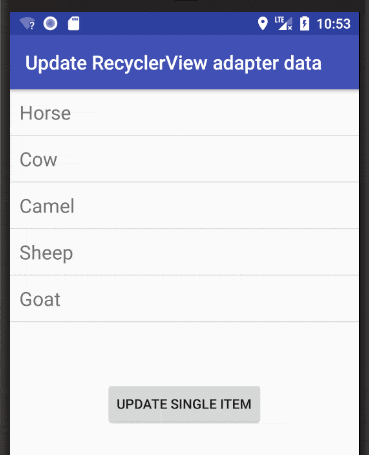
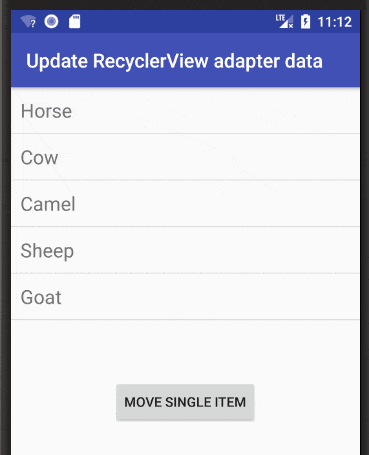
items.clear(); items.addAll(newItems);这是一个丑陋的模式。如果你真的需要在这里进行防御性复制,那么items = new ArrayList(newItems);会更好看一些。 - Miha_x64